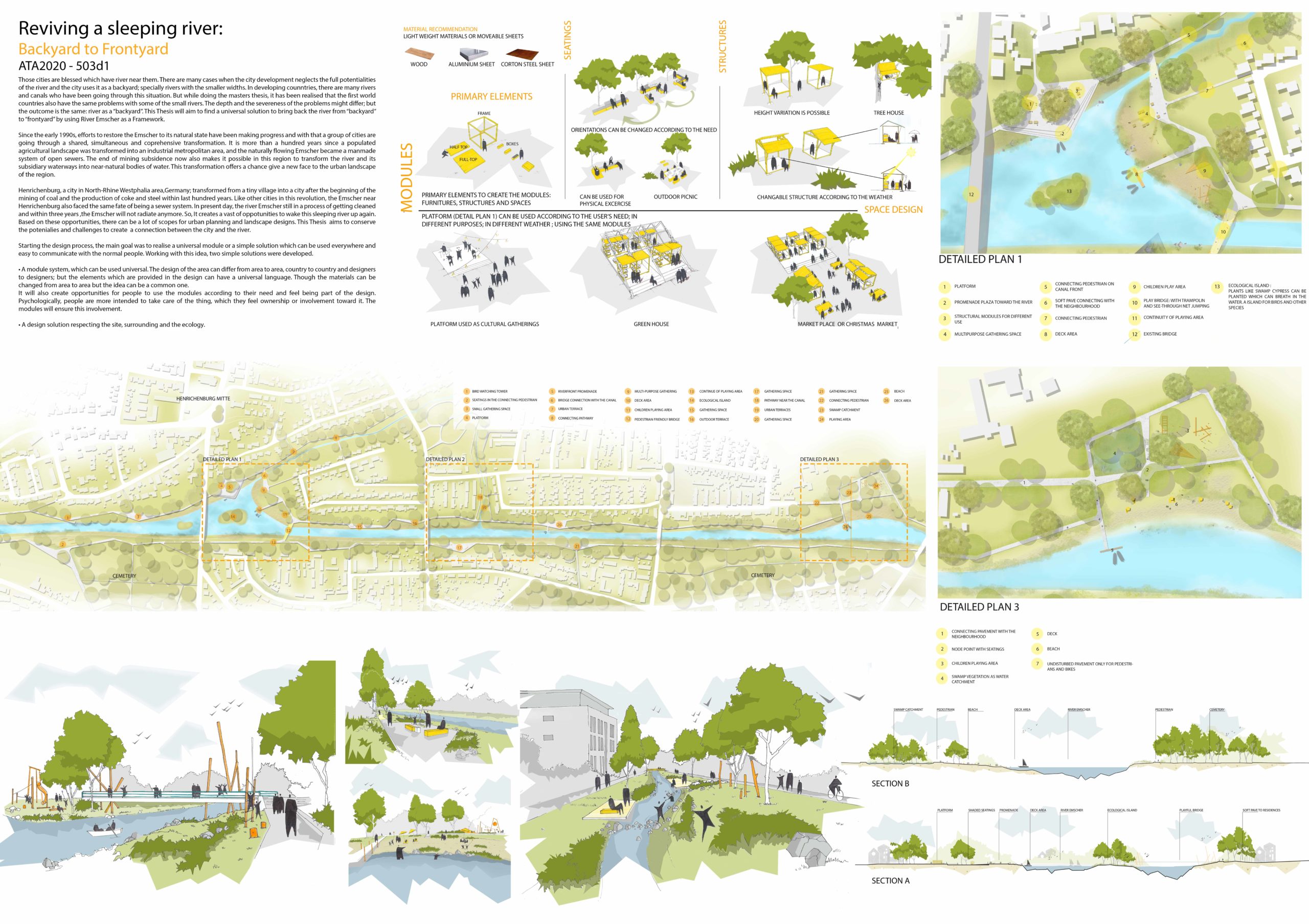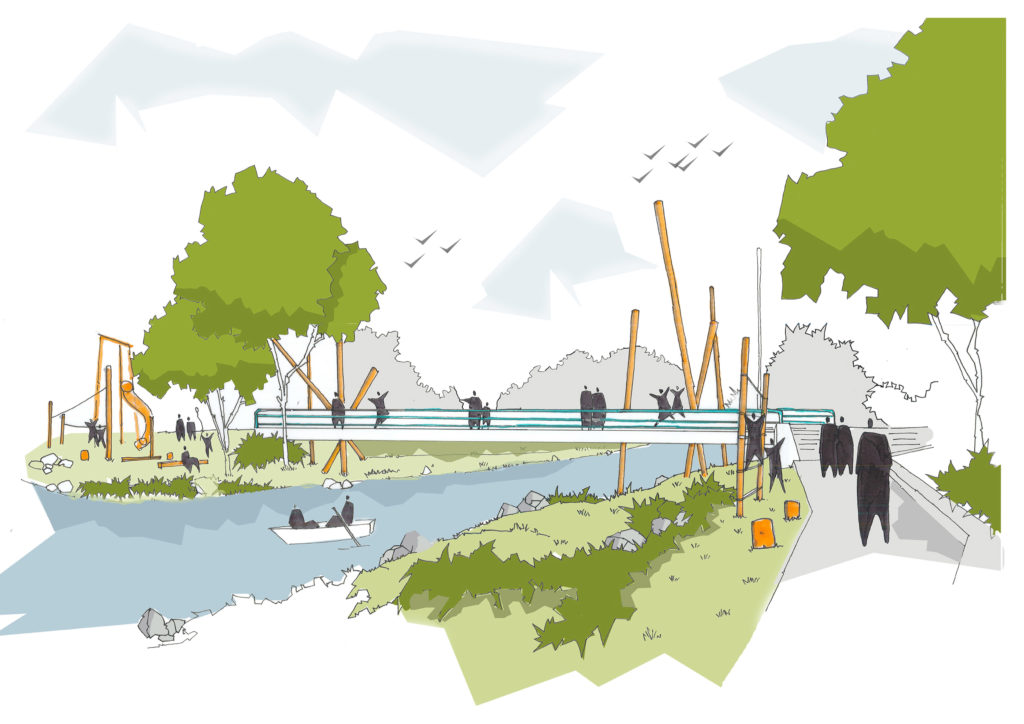Those cities are blessed which have river near them. There are many cases when the city development neglects the full potentialities of the river and the city uses it as a backyard; specially rivers with the smaller widths. In developing counntries, there are many rivers and canals who have been going through this situation. But while doing the masters thesis, it has been realised that the first world countries also have the same problems with some of the small rivers. The depth and the severeness of the problems might differ; but the outcome is the same: river as a “backyard”.This Thesis will aim to find a universal solution to bring back the river from “backyard” to “frontyard” by using River Emscher as a Framework.
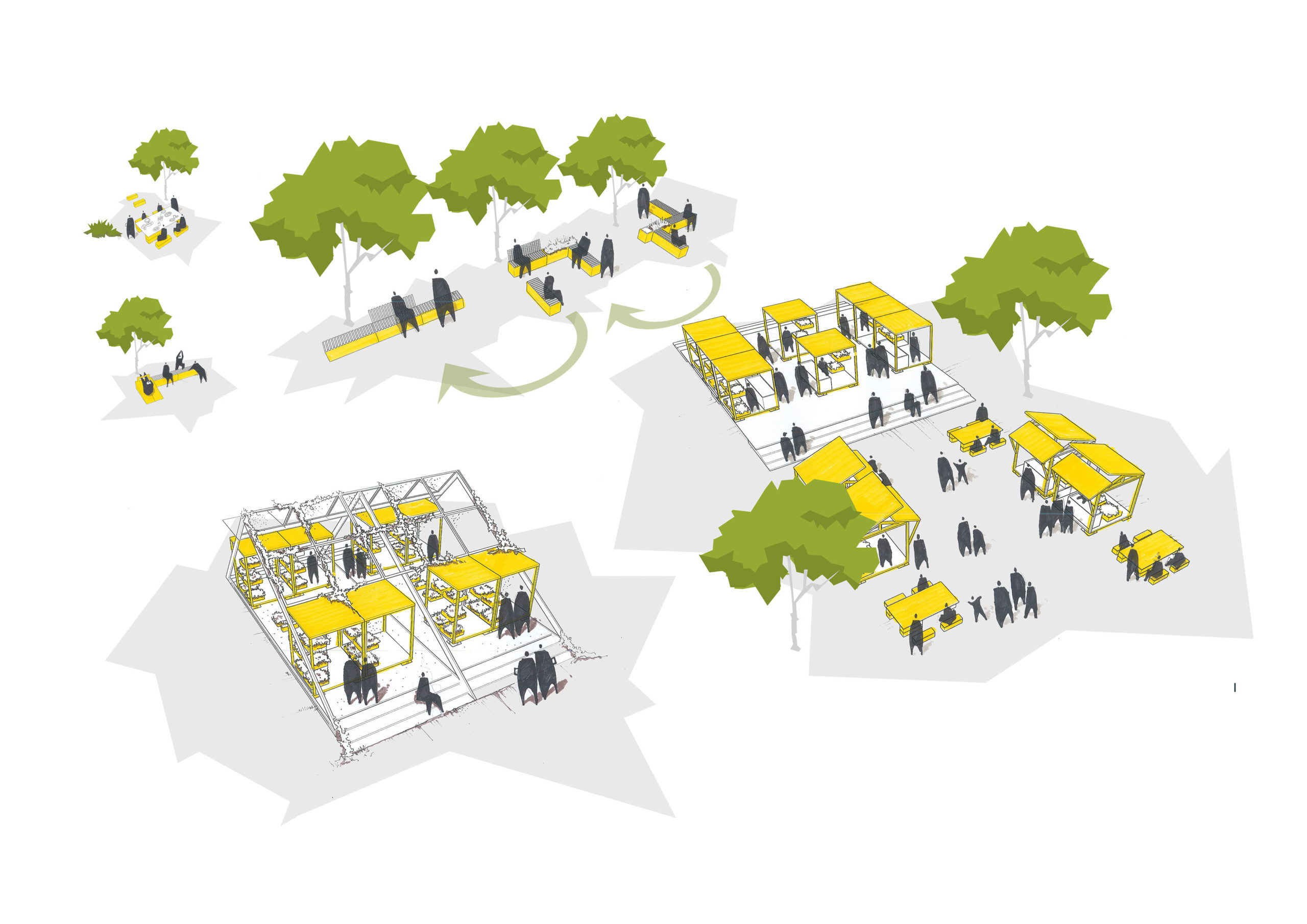
Since the early 1990s, efforts to restore the Emscher to its natural state have been making progress and with that a group of cities are going through a shared, simultaneous and coprehensive transformation. It is more than a hundred years since a populated agricultural landscape was transformed into an industrial metropolitan area, and the naturally flowing Emscher became a manmade system of open sewers. The end of mining subsidence now also makes it possible in this region to transform the river and its subsidiary waterways into near-natural bodies of water. This transformation offers a chance give a new face to the urban landscape of the region. Henrichenburg, a city in North-Rhine Westphalia area,Germany; transformed from a tiny village into a city after the beginning of the mining of coal and the production of coke and steel within last hundred years. Like other cities in this revolution, the Emscher near Henrichenburg also faced the same fate of being a sewer system. In present day, the river Emscher still in a process of getting cleaned and within three years ,the Emscher will not radiate anymore. So, It creates a vast of oppotunities to wake this sleeping river up again. Based on these opportunities, there can be a lot of scopes for urban planning and landscape designs. This study will aim to conserve the potenialies and challenges to create a connection between the city and the river.
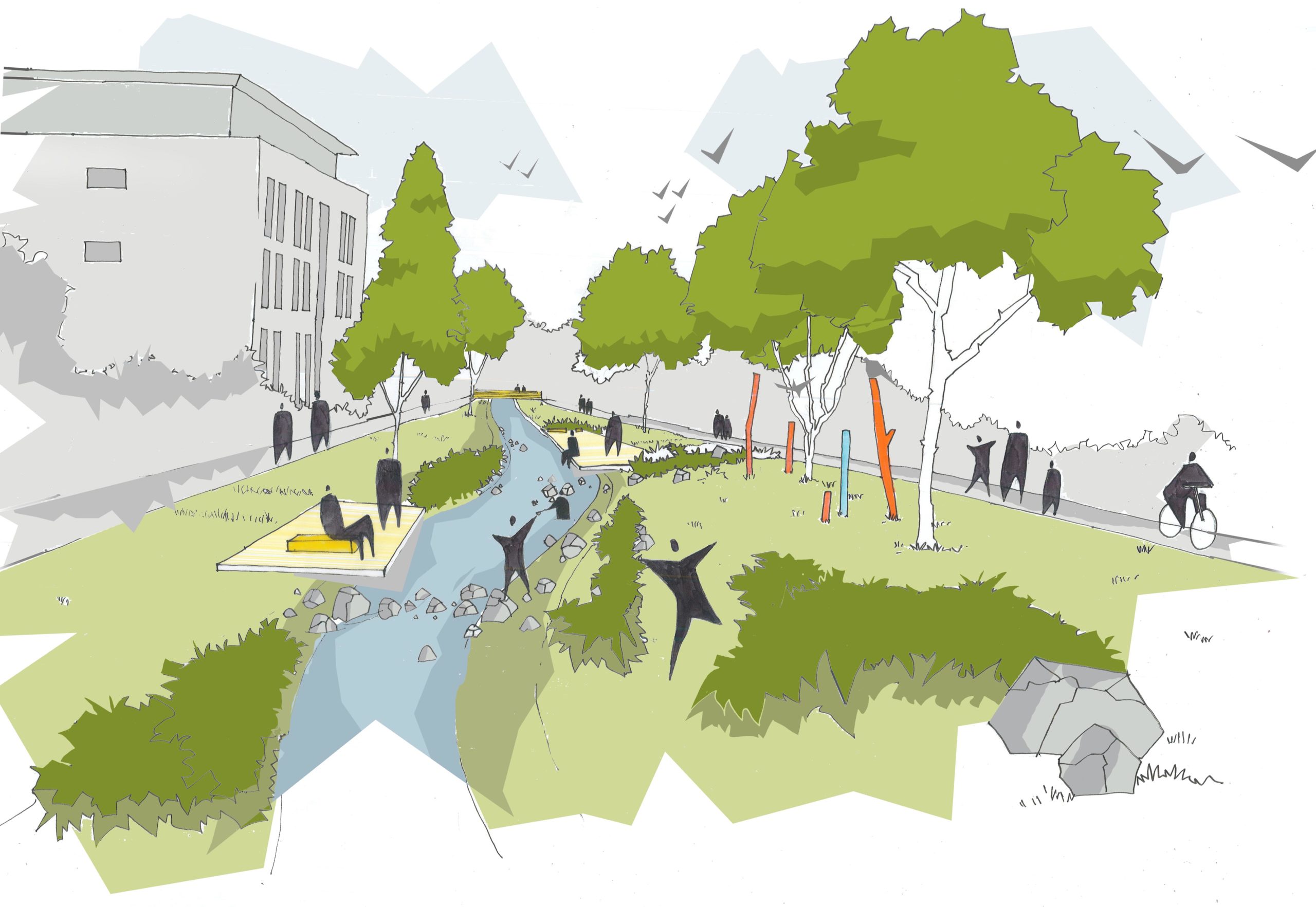
Starting the design process, the main goal was to realise a universal module or a simple solution which can be used everywhere and easy to communicate with the normal people. Working with this idea, two simple solutions were developed. • A module system, which can be used universal. The design of the area can differ from area to area, country to country and designers to designers; but the elements which are provided in the design can have a universal language. Though the materials can be changed from area to area but the idea can be a common one. It will also create opportunities for people to use the modules according to their need and feel being part of the design. Psychologically, people are more intended to take care of the thing, which they feel ownership or involvement toward it. The modules will ensure this involvement. • A design solution respecting the site, surrounding and the ecology.
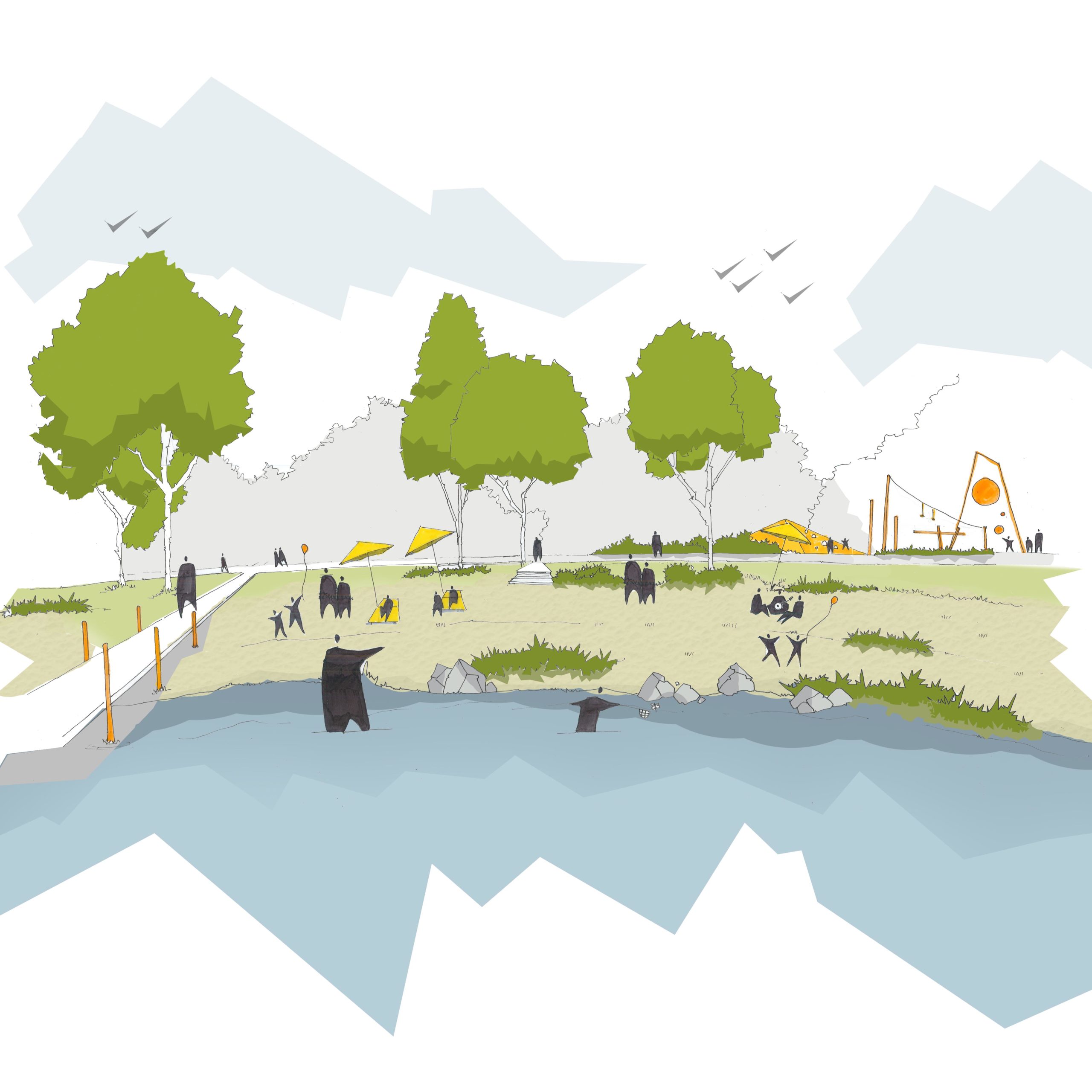
The Board:
